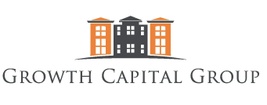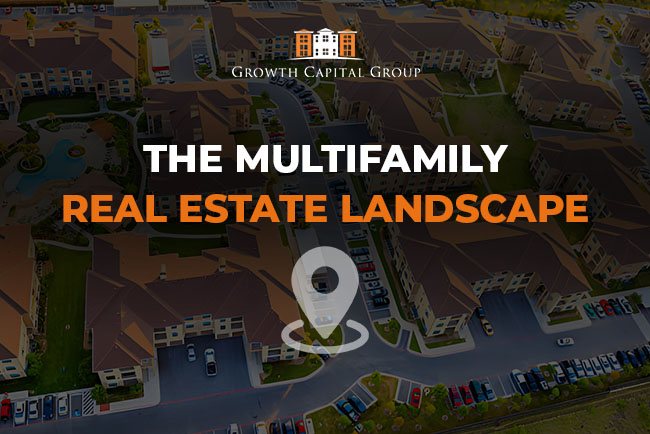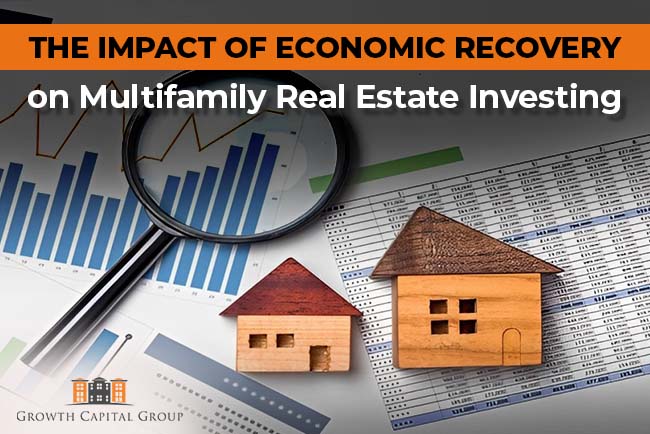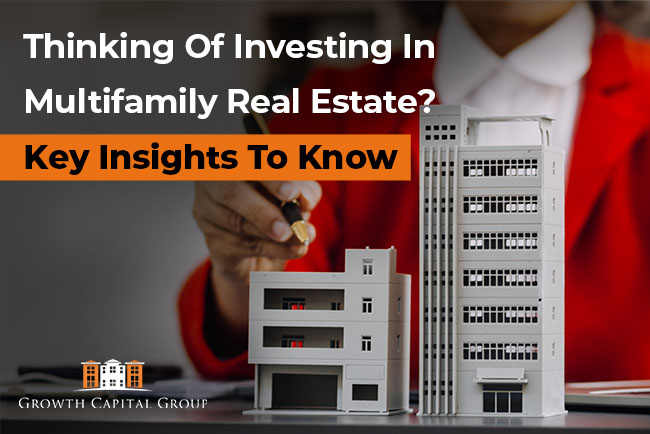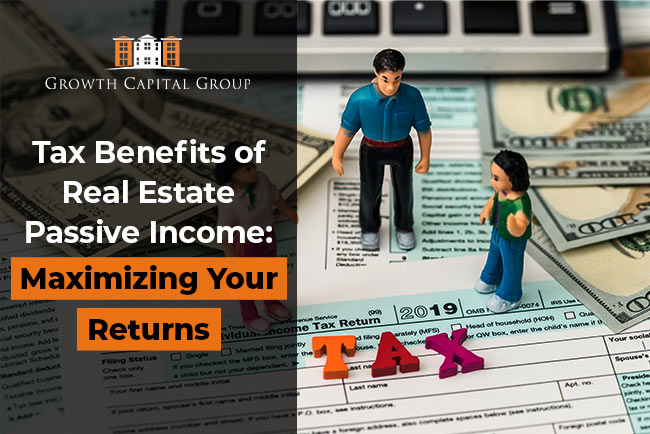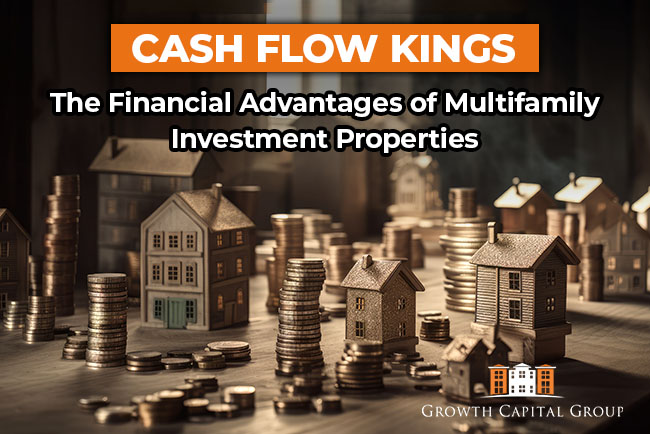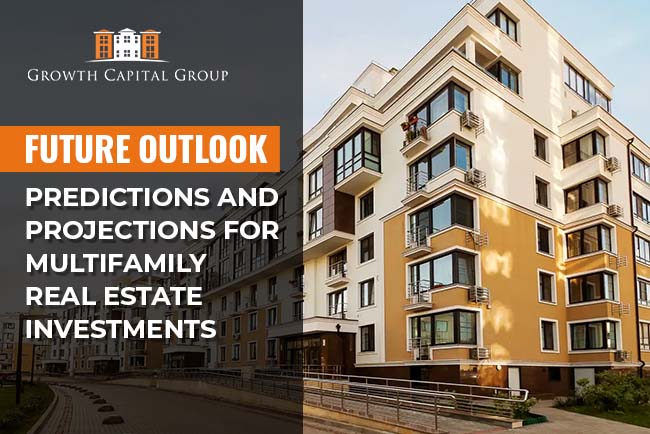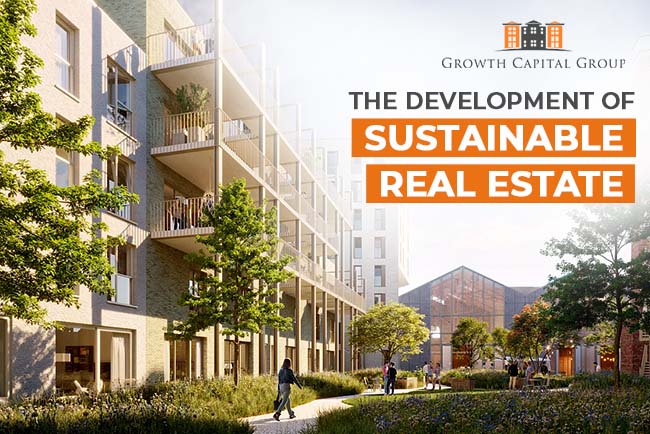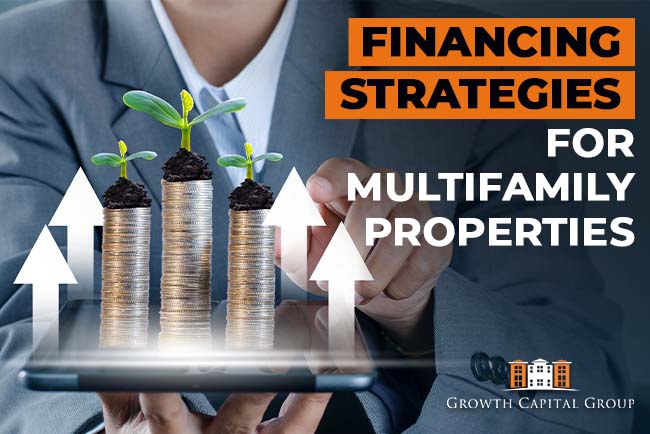The multifamily actual property area has always been dynamic, but as we step into 2024, we’re witnessing an unheard-of wave of adjustments. These emerging tendencies need to redefine how we consider housing and interact with our living areas. This comprehensive manual explores these tendencies, presenting insights into the evolving panorama of multifamily real property.
Emerging Trends in Multifamily Real Estate
Technological Innovations
Integrating modern-day technology in multifamily real estate has been a game changer. From computerized assets management systems to AI-pushed marketplace analytics, technology is improving performance and tenant experience.
Sustainable Development Practices
Sustainability is no longer a buzzword but a necessity. Multifamily property is seeing a surge in inexperienced construction practices, focusing on strength efficiency and decreased carbon footprints.
Investment Strategies
Investors are adapting their techniques to align with the converting marketplace. This phase delves into how investment styles are evolving in the multifamily area.
Market Dynamics
Demographic Shifts
Understanding demographic developments is crucial for investors and developers. This part of the article analyzes how population shifts affect the multifamily actual property marketplace.
Economic Factors
The economy performs an excellent sized position in shaping the actual estate panorama. Here, we’ll explore the monetary signs currently influencing the multifamily marketplace.
Design and Amenities
Smart Home Features
Smart houses are no longer luxurious but trendy multifamily units. We talk about the contemporary smart home functions that might be becoming common in current residences.
Community-Centric Designs
The idea of network dwelling is evolving. This phase highlights how layout traits are moving toward growing more inclusive and community-targeted dwelling spaces.
Financial Aspects
Financing and Loan Trends
Financing multifamily projects has its particular challenges and possibilities. This section examines the current tendencies in loans and financing for multifamily real estate.
Rent and Revenue Predictions
Predicting hire and sales traits is crucial for traders and builders. This component provides insights into the projected financial elements of multifamily real property.
Regulatory Environment
New Policies and Regulations
Staying updated with cutting-edge guidelines is essential for compliance and fulfillment. This section covers the brand-new guidelines affecting the multifamily real estate region.
Compliance Challenges
Navigating through regulatory landscapes may be difficult. Here, we talk about the common compliance problems multifamily real estate stakeholders confront.
Investor Insights
Risk Management Strategies
Risk control is vital to actual property investment. This part of the item sheds light on powerful techniques to mitigate dangers in the multifamily actual property marketplace.
Return on Investment Projections
Investors are eager for information on the ROI potential. This section offers projections and insights into the go-back on funding within the multifamily sector.
Technology in Property Management
AI and Machine Learning
Artificial Intelligence and Machine Learning are revolutionizing belonging control. We explore how these technologies are being utilized within the multifamily actual estate sector.
Online Platforms and Apps
The upward thrust of digital systems and apps has transformed asset control. This segment discusses the impact of digitalization on dealing with multifamily properties.
The Impact of Economic Recovery on Multifamily Real Estate Investing
Tenant Expectations and Behaviors
Changing Demands and Preferences
Tenants’ expectations are evolving swiftly. Understanding those modifications is essential for builders and belongings managers. This section delves into the contemporary tenant alternatives and needs.
Community Engagement
Building an experience of community is turning into an increasing number of critical. Here, we talk about how multifamily residences foster community engagement among citizens.
Sustainability and Green Initiatives
Eco-friendly Building Practices
Sustainable construction practices aren’t just excellent for the environment and the lowest line. This component highlights the trendy developments in eco-friendly creation in multifamily real estate.
Renewable Energy Integration
The integration of renewable strength sources is a crucial fashion in sustainable improvement. This phase explores how multifamily actual property is adopting renewable energy.
Global Influences on Local Markets
International Investment Trends
The multifamily real estate marketplace is motivated by global funding trends. This section analyzes how worldwide capital flows are impacting local markets.
Global Economic Impact on Local Markets
Global financial shifts have an immediate impact on nearby real estate markets. Here, we examine the connection between worldwide economics and nearby multifamily actual estate trends.
Risk Management in Real Estate
Market Volatility and Mitigation Strategies
Market volatility is an inherent part of real estate funding. This component discusses strategies to mitigate these risks in the multifamily real property sector.
Disaster Preparedness
Preparing for herbal screw-ups and unexpected occasions is essential. This phase covers the significance of disaster preparedness in multifamily real estate.
The Future of Multifamily Real Estate
Long-term Projections
Looking ahead is critical in actual property. This segment provides long-term projections and insights into the future of the multifamily actual property marketplace.
Potential Market Disruptors
Staying ahead of capacity disruptors is vital to achievement. Here, we discover what future developments could disrupt the multifamily real property market.
Conclusion
The multifamily natural property landscape in 2024 is marked by technological advancements, changing market dynamics, and evolving tenant expectancies. Understanding these trends is critical for everyone worried in the area, whether or not you’re an investor, developer, or property supervisor.
Elevate your investments now! Seize opportunities in the dynamic multifamily real estate landscape. Act decisively for a prosperous future in real estate for more details contact us
FAQs
Q1: Are multifamily houses a fantastic investment in 2024?
A: Multifamily residences remain a sturdy investment in 2024, imparting solid returns and capability for lengthy-term growth.
Q2: How does sustainability affect asset fees?
A: Sustainable functions decorate property value by attracting environmentally conscious tenants and lowering long-term operational expenses.
Q3: What position does generation play in modern real property?
A: Technology improves efficiency, security, and comfort in real property, with clever domestic features and proptech solutions becoming widespread.
Q4: Can cheap housing initiatives benefit investors?
A: Participating in lower-priced housing initiatives can provide traders with tax incentives and contribute undoubtedly to groups.
Q5: How has the pandemic altered actual property choices?
A: The pandemic has caused an increased call for far-flung-pleasant functions and a focal point on fitness and protection, influencing property picks.
